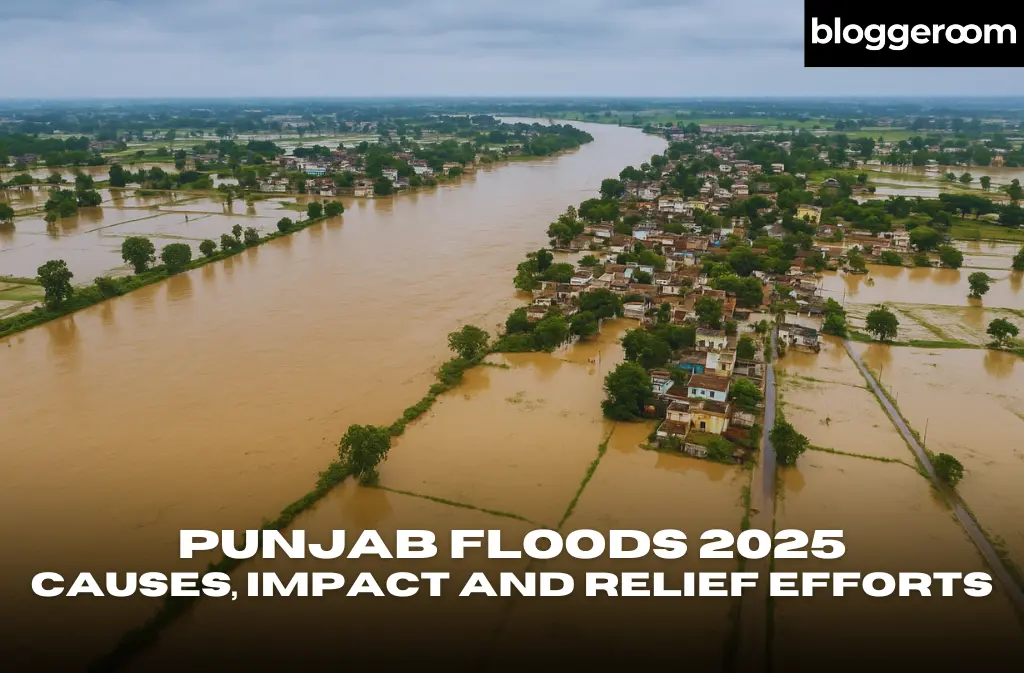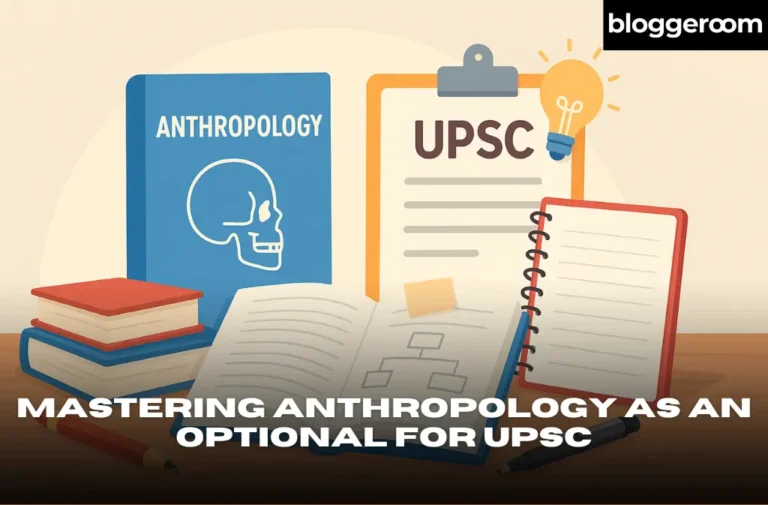Punjab Floods 2025: Causes, Impact and Relief Efforts
In August 2025, Punjab faced one of its most devastating floods in recent history. Villages disappeared under rising waters, farmland was destroyed, and thousands of families were displaced. While heavy monsoon rains were the immediate trigger, the disaster also exposed serious gaps in dam management, river maintenance, and long-term planning.
What Caused the Floods?
The crisis began with intense rainfall across Himachal Pradesh, Jammu and Kashmir, and parts of Uttarakhand, which feed Punjab’s rivers – Sutlej, Beas, Ravi, and Ghaggar. As water levels rose dangerously, authorities were forced to release huge volumes from the Bhakra, Pong, and Ranjit Sagar dams. The sudden surge downstream overwhelmed Punjab’s rivers and embankments. Years of unchecked encroachment on riverbeds and neglected flood-control structures worsened the destruction, leaving the state unprepared to handle the deluge.
How Severe Was the Damage?
Punjab faced one of its harshest trials as floodwaters swept across the state. Fields that once carried ripening crops vanished overnight, and thousands of families were forced to leave their homes behind. In many villages, water surrounded entire communities, cutting them off for days.
Areas Most Affected
The worst damage was seen near the Sutlej and Ravi rivers and in low-lying parts of southern and western Punjab. Farmers lost cattle and standing crops, while broken roads and collapsed power lines left people stranded without basic services. Schools and offices had no choice but to remain closed until the situation began to ease.
Relief Efforts
Rescue efforts brought together the Army, NDRF, BSF, and local authorities, who managed to move over 11,000 people to safety. Relief camps were quickly set up to offer shelter, food, drinking water, and medical aid. Alongside them, community groups, NGOs like Khalsa Aid, and countless volunteers worked tirelessly, ensuring families had the support they needed in those critical days.
Human and Environmental Factors
Although extreme rainfall was the trigger, several human actions amplified the damage. Construction on floodplains, illegal sand mining, and weak embankments left rivers with little space to absorb excess water. Many protective structures had not been repaired or upgraded for years. Climate change has also played a role. Sudden and intense rainfall events are becoming more frequent, leaving little time for people to prepare. Research from Punjab Agricultural University has emphasized the urgent need for better flood management and climate adaptation.
Conclusion
The Punjab floods of 2025 were not just a natural calamity but also a reflection of how neglect and climate change together increase risks. Thousands of families lost homes, crops, and livelihoods. Recovery will take years, but this tragedy carries lessons we cannot afford to ignore. With stronger infrastructure, sustainable river management, and community awareness, the region can face the future with greater resilience.







